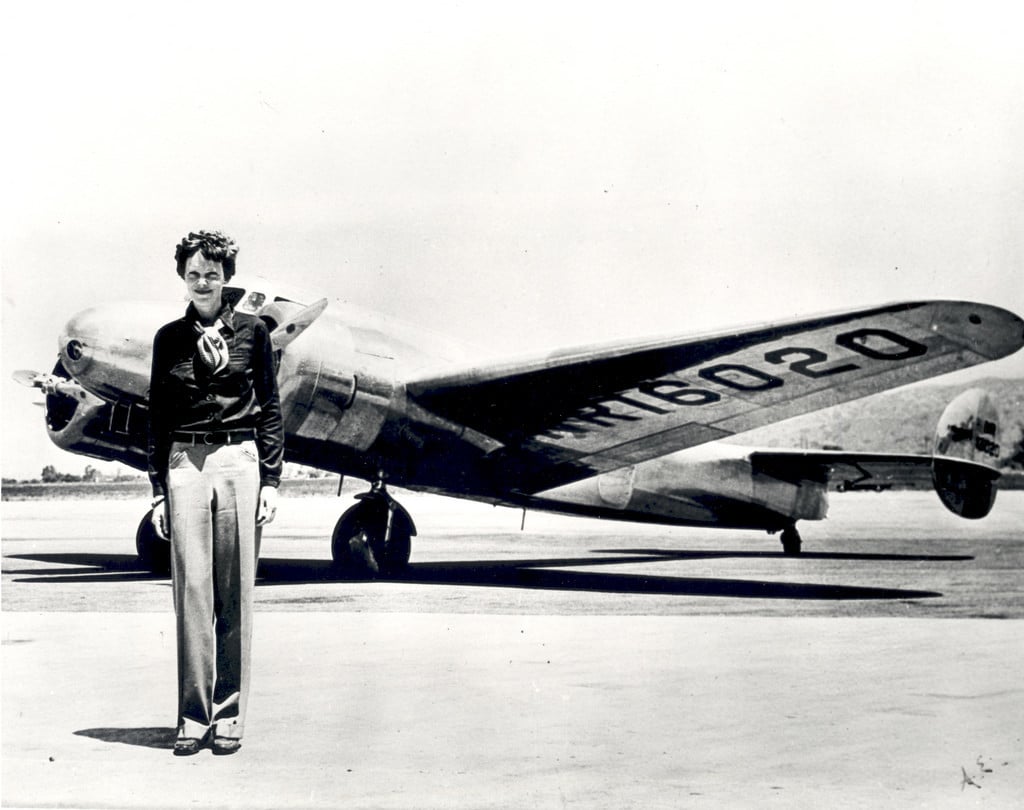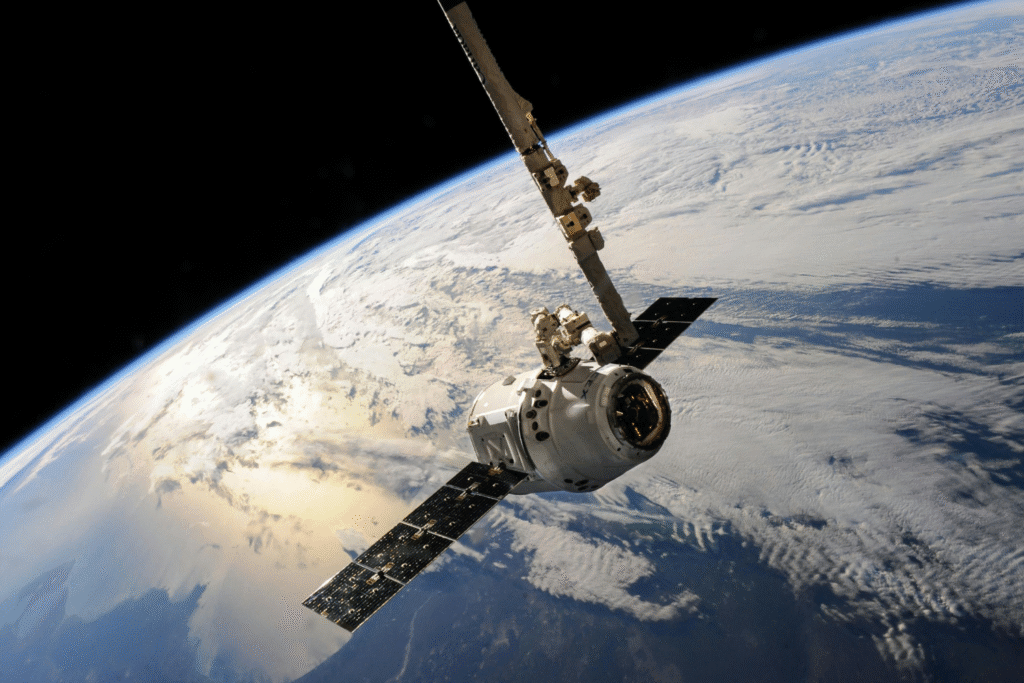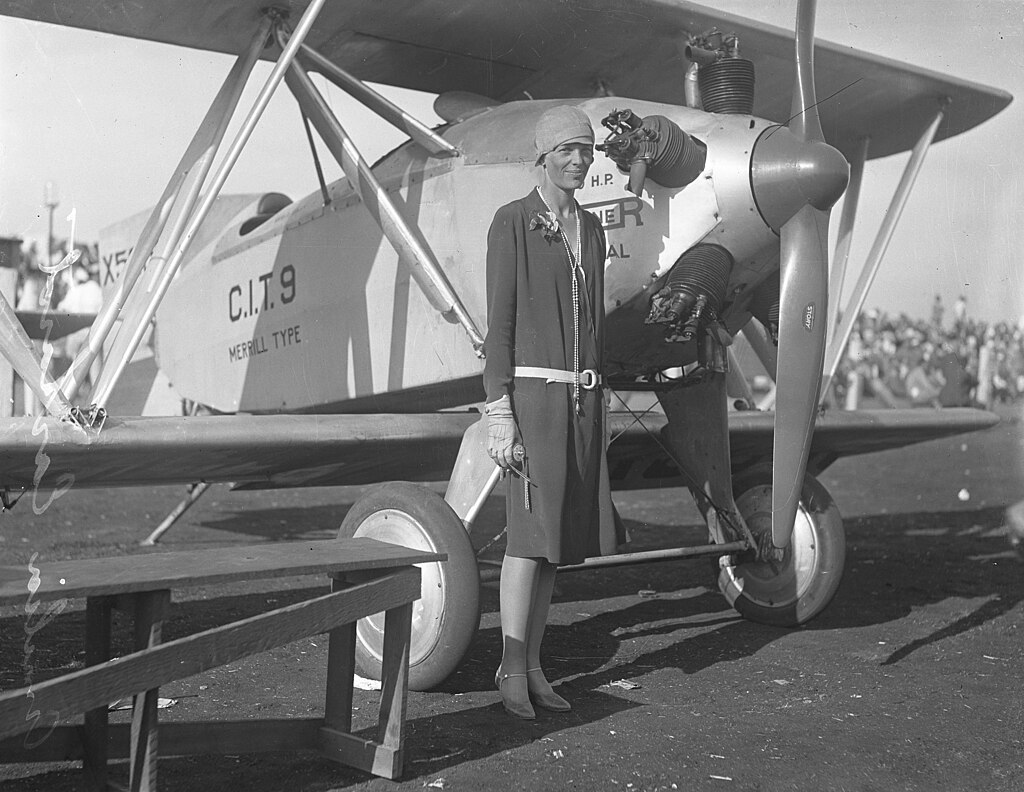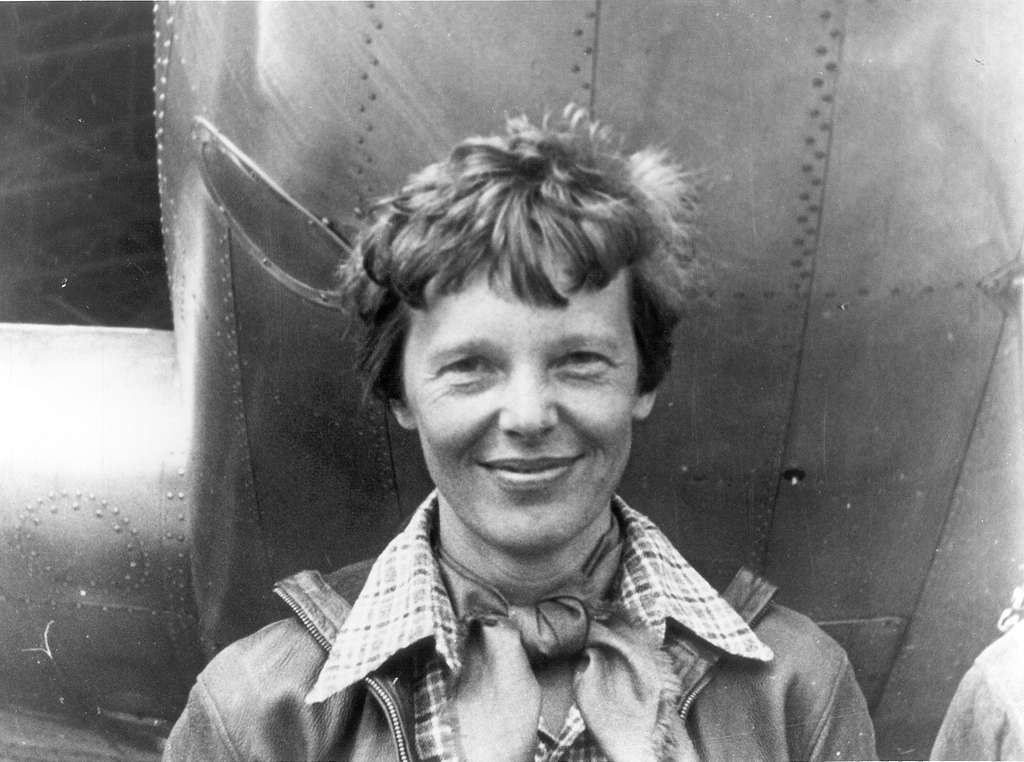Wreckage clues emerge from beyond the surface.

On one of the world’s most enduring mysteries, a fresh underwater find has stirred both hope and caution. The legendary Amelia Earhart vanished in 1937 while attempting to fly around the globe, and for decades her fate was hotly debated. Now sonar images and satellite anomalies deep beneath the Pacific are pointing toward a possible explanation, offering new evidence that may at last bring clarity. This is how the story unfolds through ten revealing developments.
1. An underwater anomaly near a remote Pacific island drew attention.

Recently researchers identified what they call a “visual anomaly” in the lagoon of Nikumaroro Island, a remote islet in the Republic of Kiribati, which may be linked to Earhart’s ill-fated flight. According to CBS News, the object lies in a location that aligns with her projected route. The finding drew an expedition team to the site, suggesting that a decades-old theory might be closer to proof than ever before. The depth, isolation, and condition of the object, if verified, would reshape how we view that final flight.
2. New aerial footage from 1938 strengthens the case for the wreckage being her plane.

Researchers reported discovering aerial footage shot in 1938 that appears to show metallic debris in the same zone where the anomaly was found, according to The New York Post. The footage adds another layer of historical visual data, tying past and present clues together in a compelling way. If the materials in that footage correspond to her aircraft’s design and paint, it could bolster the argument that the plane ended up in that region rather than disappearing without trace.
3. The “crash into sea” theory is gaining new scientific backing.

Many researchers long believed that Earhart’s plane, the Lockheed Model 10-E Electra, ran out of fuel and ditched into the Pacific near Howland Island. As discovered by ocean-search experts and reported by Popular Mechanics, sonar imagery and flight path modeling now increasingly support that scenario. The convergence of underwater scans and flight data suggests this version of events deserves renewed attention.
4. The expedition plans combine satellite, sonar and physical investigation.

Following identification of the anomaly, a multidisciplinary team is preparing to deploy both remote sensing and underwater survey technologies. They intend to combine precise satellite imagery, magnetic-survey data, and deep-sea sonar to verify the object’s identity. This blended approach increases the chances of confirming whether the wreckage is indeed Earhart’s plane. The methodological advance marks a shift from speculative mapping to systematic, evidence-based search.
5. Preservation conditions at depth raise hopes for significant artifacts.

If the plane is located deep on the ocean floor in cold, low-oxygen water, scientists believe the aluminum structure might be unusually well preserved. The conditions on the seabed, including minimal human disturbance, improve the chances of recovering meaningful physical evidence. That enhances the potential for matching serial numbers, alloy composition, or structural features that link directly to the Electra. Such preservation would transform theory into tangible proof.
6. Past “false leads” are now being reconsidered in light of new data.

Over the years many sonar and visual targets have been proposed, and then discarded, as Earhart evidence. Now, with improved technology and refined search parameters, previous negative findings are being re-analysed rather than thrown out. Some sites that seemed blank in earlier surveys are being revisited with updated imaging tools, boosting confidence that earlier efforts weren’t futile. This retrospective technical refinement is renewing optimism in the search.
7. Local findings on Nikumaroro suggest possible human presence after a landing.

Beyond the anomaly, archaeologists on Nikumaroro have uncovered tools, artifacts, and even a medicine bottle consistent with American manufacture from the era of Earhart’s disappearance. These surface finds imply that if the plane landed there or nearby, its occupants may have had a temporary footprint on the island. Their presence, even if brief, adds context to the underwater anomaly by rooting it in human activity rather than a purely mechanical wreck.
8. The search is catalyzing international cooperation and funding.

Because the area of interest lies in the central Pacific, search efforts have drawn in academic institutions, nonprofit exploration groups, and national archives from multiple countries. Funding mechanisms are being reorganized and data-sharing frameworks strengthened so that sonar, satellite, and archival materials are pooled rather than partitioned. This collaborative change increases the velocity and scale of the investigation, moving it from hobby expedition to serious scientific endeavor.
9. Experts remain cautious about definitively linking the wreck to Earhart.

Even with promising leads, many historians and oceanographers emphasize that one sonar image or satellite photo is not enough. The risk of misidentification remains high because natural rock formations, debris, and oceanic distortion can mimic aircraft shapes. The best-case scenario would involve recovery of identifiable parts: serial numbers or structural markings unique to the Electra. Until that happens, there’s always a margin for uncertainty.
10. A verified discovery could finally answer one of aviation’s last great mysteries.

If the anomaly is confirmed as Earhart’s plane, the result would not only resolve her disappearance but also reshape how we understand early aviation exploration, navigation hazards, and human ambition in the 1930s. The identification would open archival releases, forensic studies, and conservation measures for the wreckage. It would close a chapter while also providing new insights into how far human perseverance and curiosity can push the boundaries of the unknown.
